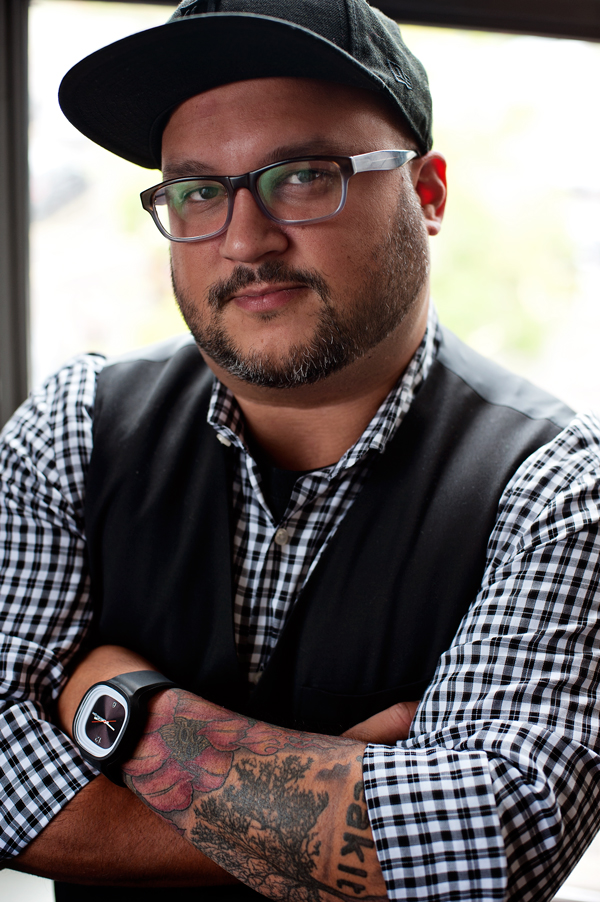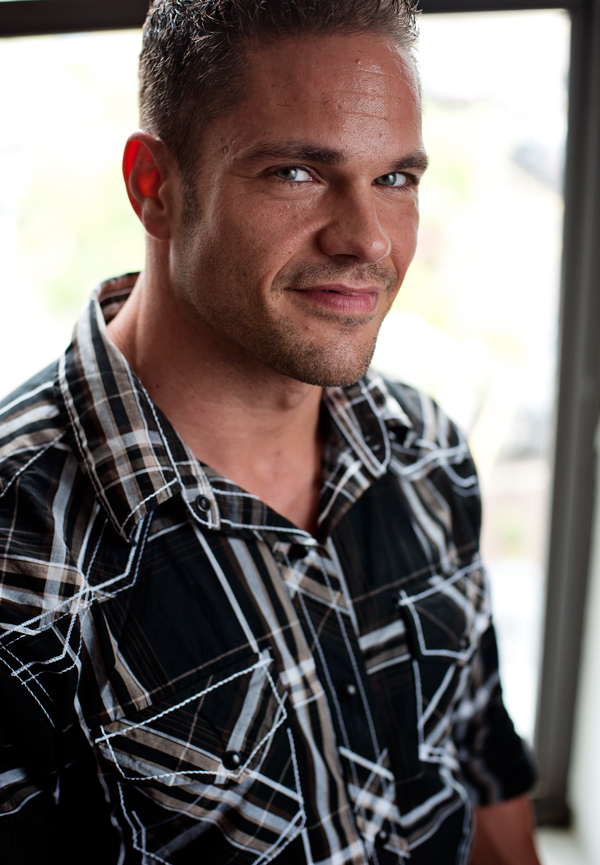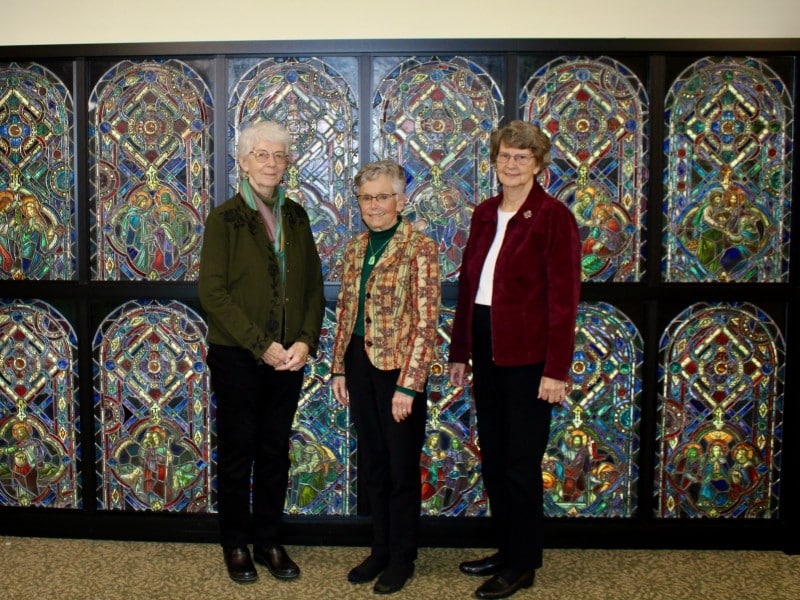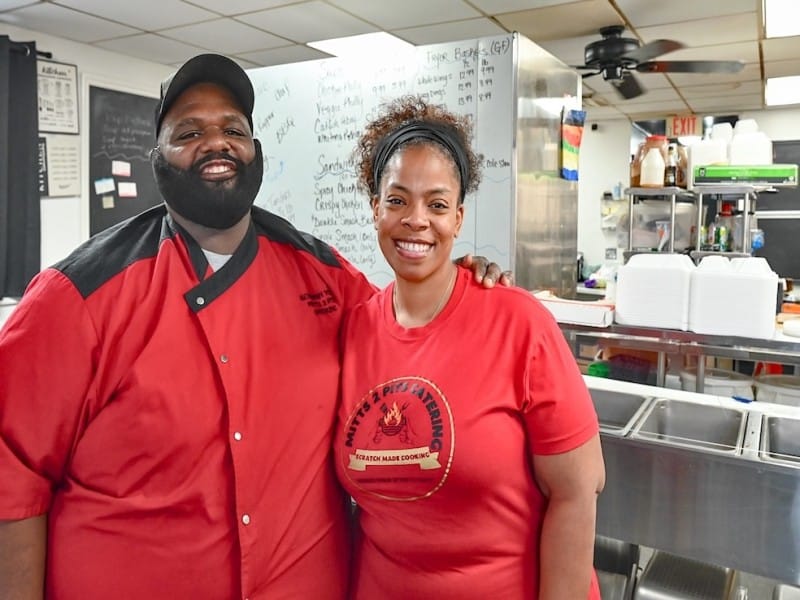Pilot program offers a second chance for young people
Can young people who are poised to get adult criminal records turn their lives around? A group of dedicated people in Kalamazoo (including the Kinetic Affect duo) led by Judge Anne Blatchford is trying to help them turn that corner. Zinta Aistars has the story on how it works.
In any given month, approximately 1,900 Kalamazoo County residents are on probation. About 25 percent of those people are ages 17 to 20.
These uncomfortable numbers come from Lynn Kirkpatrick, probation services director in district court, and these numbers make no one more uncomfortable than Judge Anne Blatchford of the 8th District Court. After all, a large percentage of those numbers, and the young faces attached to them, have been standing before her in her courtroom.
“I see too many of these young adults falling through the cracks, and once they appear in my courtroom, too often I see them come back,” Blatchford says.
According to the Federal Bureau of Prisons, a division of U.S. Department of Justice (as of August 2013), 218,864 people are currently incarcerated. The trend has fast been going up, not down, and a group commonly falling through the cracks, according to Judge Blatchford, is young adults.
“Why are we having so much trouble with this group? How can we help these young people avoid having adult criminal records? How can we keep them from moving on to felonies?” asked Blatchford. She decided to seek answers.
With recidivism the common pattern, Blatchford called together like minds to do some brainstorming. She found a starting point in Joan Hawkshurst, director of Kalamazoo College Center of Career and Professional Development. Hawkshurst had a finger on the pulse of the Kalamazoo community, the doers and the makers, and was able to provide a long list of those who might be interested in helping.
Helping to do what exactly? The key question of the initial brainstorming sessions was how to give these young people standing on the edge of a dangerous abyss a second chance at flight before fall. Before they turned juvenile misdemeanors into adult felonies, Blatchford wanted to get them into a diversion program to stop what she calls a potential train wreck.
Kirk Latimer and Gabriel Giron of the nonprofit organization, Speak It Forward, Inc., known throughout Kalamazoo and increasingly throughout Michigan for their dynamic spoken word programs, called Kinetic Affect (see Second Wave story of March 2013), aimed at lifting up youth, were high on the list that Blatchford and Hawkshurst brought together as key players. Along with some 30 other community organization representatives, Latimer and Giron were only too happy to join in on the brainstorming.
“That was almost two years ago,” says Giron. “Meetings, sitting down and talking, dedicating our time.”
“A big part of it was figuring out where to get the funding,” Latimer adds.
“Kinetic Affect was the seed for change with these young people,” Blatchford credited the two, but then credited the Kalamazoo Community Foundation for seed money to get the new program rolling. Other partners and participants have changed between then and now, but have included Douglass Community Foundation, Great Lakes PeaceJam, and many others.
The Young Adult Diversion Pilot program began to take shape, bringing together components of education, health care, social and life skills, and something akin to group therapy.
On April 16, a group of 16 young adults, men and women ages 17 to 20, gathered for a second chance at life. They were chosen to participate because they were failing at other diversion programs and stood on the brink of decision: low road or high. They would meet every Tuesday for three hours, for 26 weeks, once a week with their probation officers and twice a month with Judge Blatchford.
“Sure, there was posturing.” Giron nods. “Their initial response was cynical. There are people, you know, who want to see them fail.”
Giron and Latimer know. During their own teen years, both stood on similar brinks. Both have histories of substance abuse, criminal activity as juveniles, laundry lists of poor if not downright dangerous choices. It is why they do what they do, reaching out to youth in whom they see shadows of their younger selves had they not been given second chances. Kinetic Affect programs pack in audiences to hear their message of hope and healing for at-risk youth.
“The judge isn’t ready to give up on them and neither are we,” says Latimer, determination lighting his eyes.
Giron watches his business partner. “Kirk is the genius behind our part of the diversion program. He’s got seven years of teaching experience.”
“It takes a lot of courage and heart to make the kind of changes these young people need to make,” Latimer says. “Our work is to help them break negative thought patterns. When they first came in, we threw candy at them. It made them laugh. It broke through the resistance. Like a party that ended in meaningful conversation. ”
Latimer and Giron work with the youth to develop a plan of action based on each participant’s needs and dreams. If it involves continuing education, or handling a learning disability, addressing a medical need, working through emotional issues, they–and the program partners, all working pro bono–offer guidance to move the youth in the right direction.
“God bless the school system, but we have the approach that these young people are big enough, so they should know better,” says Blatchford. “But there is scientific proof that at this age, they do not. We connect them with one or two meaningful adults. They may never have had meaningful relationships with adults in their lives. Many of them come from broken families, from backgrounds of neglect and abuse. It’s never just one factor, but many factors in their lives. We give them a support system.”
“They all have our phone numbers.” Latimer nods. “Whatever they need, we’re here for them.”
“A lot of what we do is sharing,” Giron says. “Our activities are reward-based. Most of them, all they’ve known is punitive-based, including the courts.”
“They’ve lost hope,” Blatchford agrees. “We want to give them back hope. These young people can be a great resource to our community. Drug courts have shown the fallacy of just locking people up. In the long run, we save a lot of money when we can keep people out of prison.”
Still in its pilot phase, the program is being documented, outcomes carefully measured. New participants are being added in one at a time, although Judge Blatchford believes the program should be capped at 20 to be most effective.
“We are measuring hard data,” she says. “Attendance, clean drug drops, community service projects … and we are discussing with a professor at Western Michigan University about getting graduate students in to make evaluations. When we started the program, we couldn’t find anyone in the country doing anything like this. Our hope is that our success will show people that any community, when the community comes together, can make positive changes.”
Latimer grins wide at the mention of success. “We are seeing great success already. These young people don’t respond to fluffy stuff. Give them something tangible to achieve, give them ownership to make choices over their lives, and you are going to see lives turned around.”
“In December, the first group will stand before the judge to tell her what they have achieved,” Giron says. “We expect to see some celebrations. And we hope other court systems will take notice.”
Zinta Aistars is creative director for Z Word, LLC, and editor of the literary magazine, The Smoking Poet. She lives on a farm in Hopkins.
Photos by Erik Holladay.


















